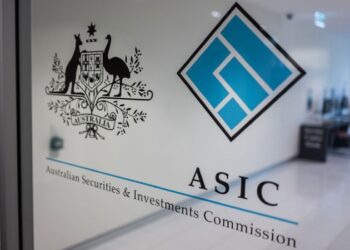As many as two in five companies in the small caps index lost money over the past 10 years, NovaPort Capital portfolio manager Sinclair Currie told InvestorDaily, while around six per cent of companies were “10-baggers” – increasing their share price tenfold over 10 years.
“We think the best way to make our clients money is to maintain a constrained portfolio that’s relatively concentrated, so about 30 stocks, and focus on companies we think are better quality than average,” he said.
The figures are based on NovaPort’s own research, which Mr Currie said highlights the fact the index-style investing simply doesn’t work in the microcap space because so many stocks underperform.
Unlike other markets where there is a traditional bell curve with returns clustered around an average, rather there are heavy weightings of underperformers and outperformers.
“So the odds are if you take a scattergun approach and have too many stocks, you will increase your chances of getting losing stocks,” he said.
“We don’t think passive investing has a place in microcaps; it implies you own the market or the benchmark, which we don’t think is a great investment.”
The research also looked at how good the benchmarks have been at picking stocks over time in the small and microcap space, and found that almost half of companies in the small cap index today weren’t there three years ago: “So there is lots of churn in the index; it’s inherently volatile,” Mr Currie said.
There was also a large differential in performance, whereby the average return of a stock that was not in the benchmark at 1 July 2010 was 125 per cent, the median for all stocks – a more indicative overall measure – was 12 per cent, while a company that was in the index over the whole three-year period produced an average return of negative 21 per cent over the three years.
“That tells us your strategy shouldn’t be worrying about what’s in the benchmark today so much as ‘What companies can I invest in that have a chance of being there in the future,’” he said.
He said the main factors NovaPort looks for are quality in the underlying business, including franchise value, cash generation, and fundamentals around return on equity; indication of management, including engagement and a strong track record and a drive to grow the business over time, with a potential upside of 50 per cent over three years; and a positive macroeconomic environment with potential tailwinds and a lack of potential headwinds.






